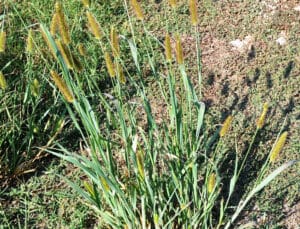Quercus palustris
Description
Eye-catching evergreen foliage, autumnal tones in the fall and a graceful wildlife show of birds and butterflies: The Pin Oak Tree delivers all of this and more. Plus, because it’s grown for long-term success, year after year, it fits right into your landscape effortlessly.
There’s nothing like the Pin Oak. It merges no-hassle care with one-of-a-kind looks you’ll love, no matter where you plant it. And since it’s slow-growing but consistent, it’s simple to acclimate to any area, especially since it doesn’t need fertilizer and is watered by rainfall after the first few growing seasons.
Planting
The Pin Oak Tree is synonymous with adaptability, so it’s fairly easy to grow. However, it’s important to keep the below in mind.
First, choose an area in your landscape with at least 4 to 6 hours of sunlight per day. After scouting your location, dig a hole that’s at least two to three times wider than your tree’s root ball. Once you’ve placed your Pin Oak, backfill its soil, tamp down to avoid air pockets and lastly, water to help establish its roots.
Watering
It’s moderately drought tolerant, but your Pin Oak needs to be watered about once a week the first year after planting. You may decrease frequency to once per month after the first growing season has passed. After the tree has reached 10 feet in height, it’s best to let rainfall take over and taper off watering. But if you’re not sure when to water your tree, simply check the surrounding soil, down to around 2 or 3 inches. If the soil is dry, it’s time to water.
Fertilizing
Fertilizer isn’t necessary for Pin Oaks because they’ll amend the soil over time with their own leaves.
Pruning
It’s best to prune your tree during July or August when dry weather is less likely. Simply remove any dead or diseased branches when you prune for best results.
| Growing Information | |
| Mature Height: | 60 ft |
| Mature Width: | 20-40 ft |
| Sunlight: | Full Sun |
| Bloom Time: | |
| Growth Rate: | Moderate |
| Grows Well in Zones: | 4-8 |
| Your Growing Zone: | 6 |





